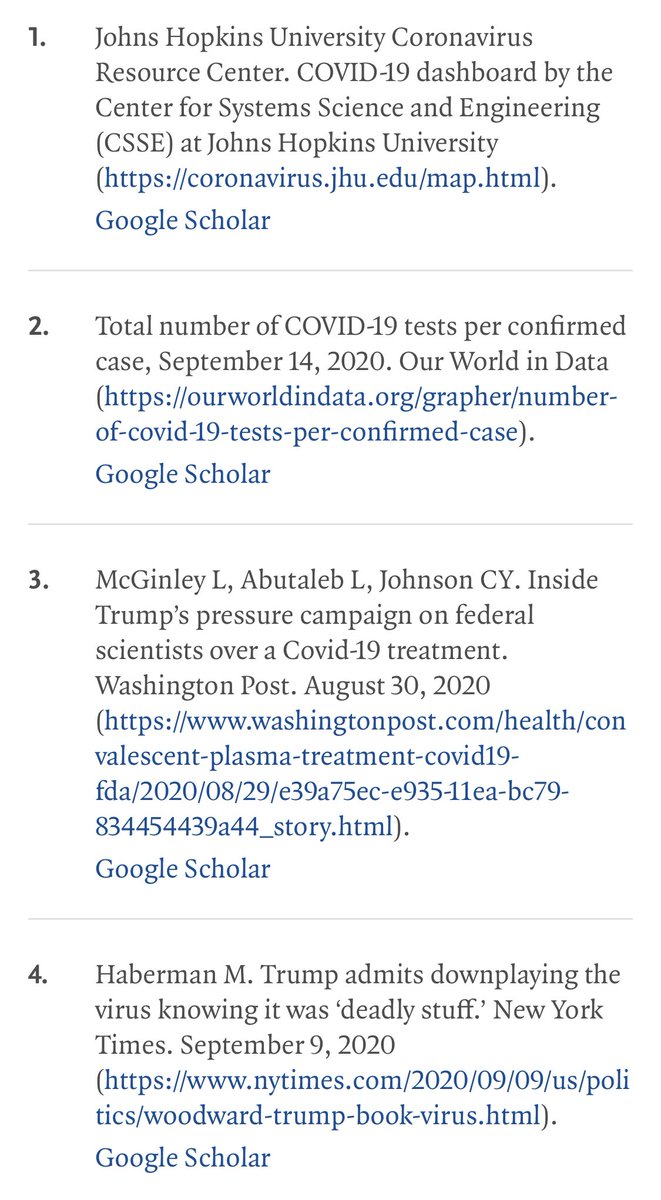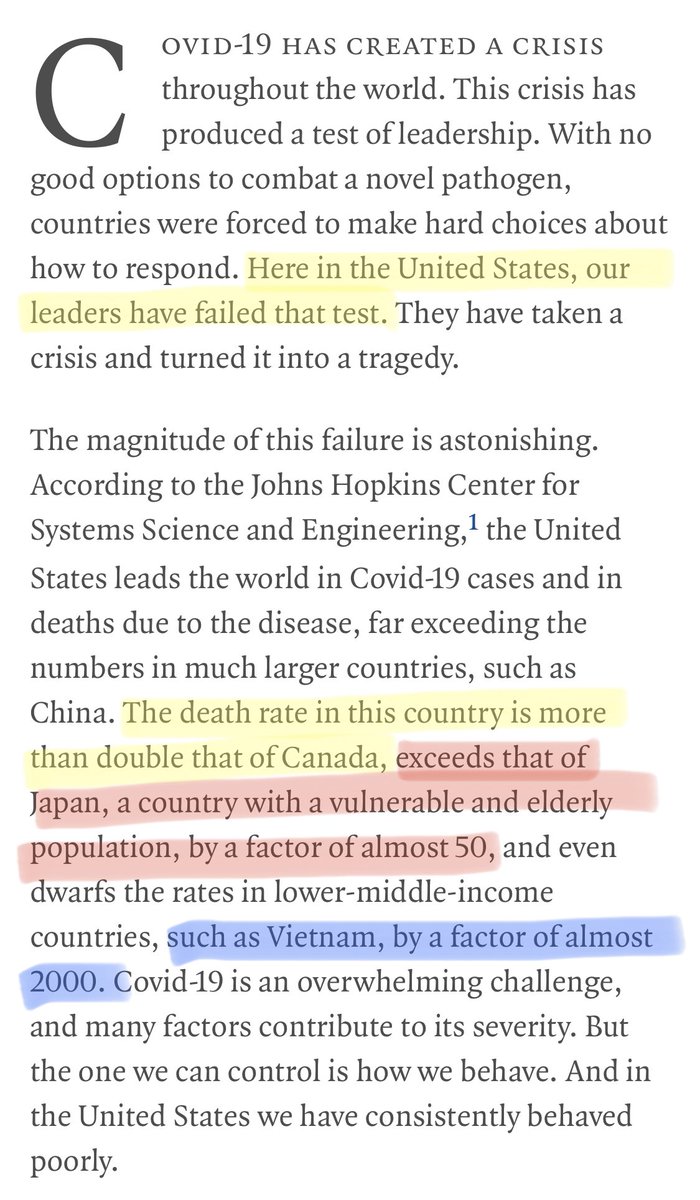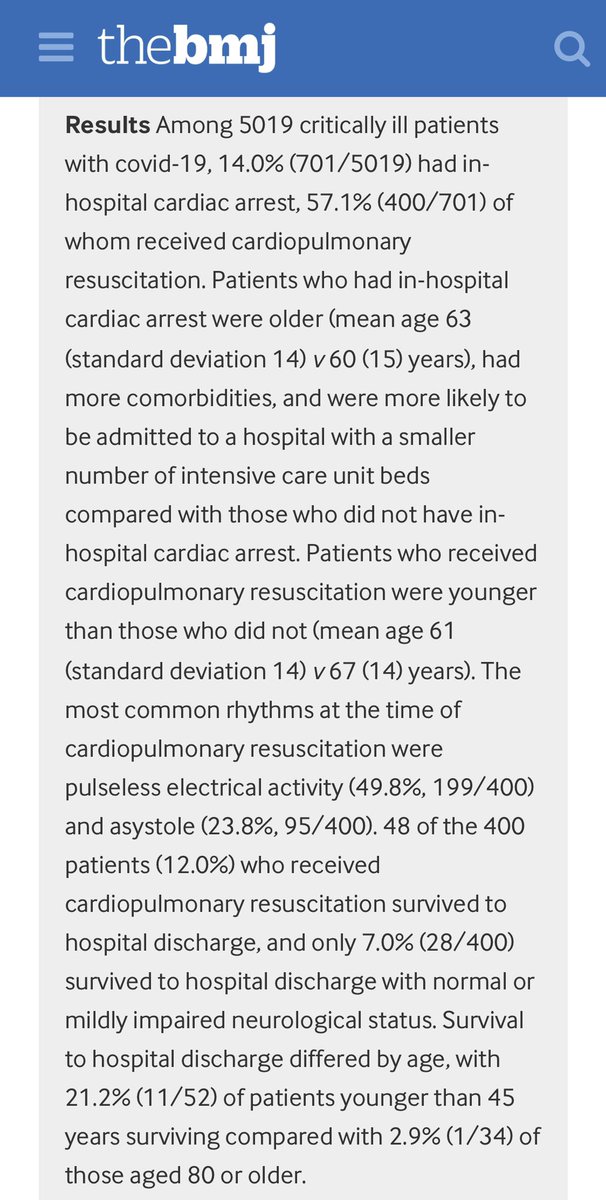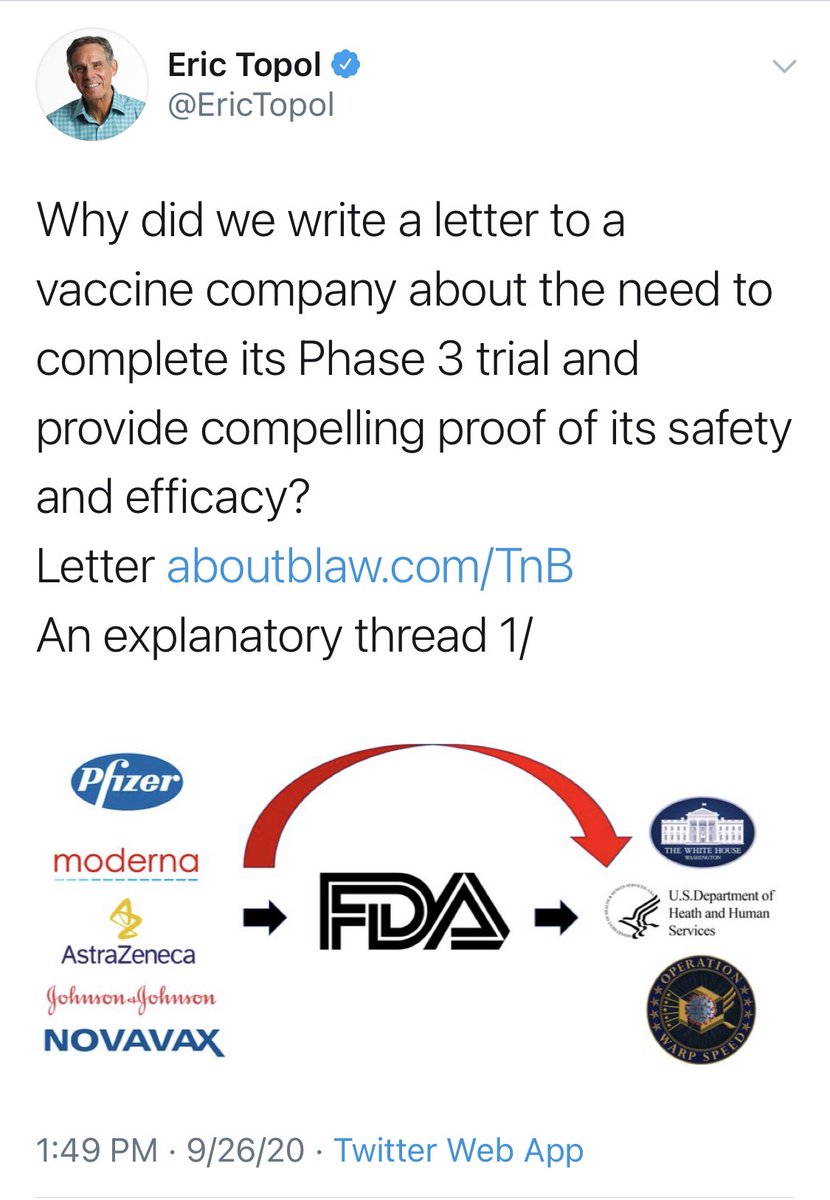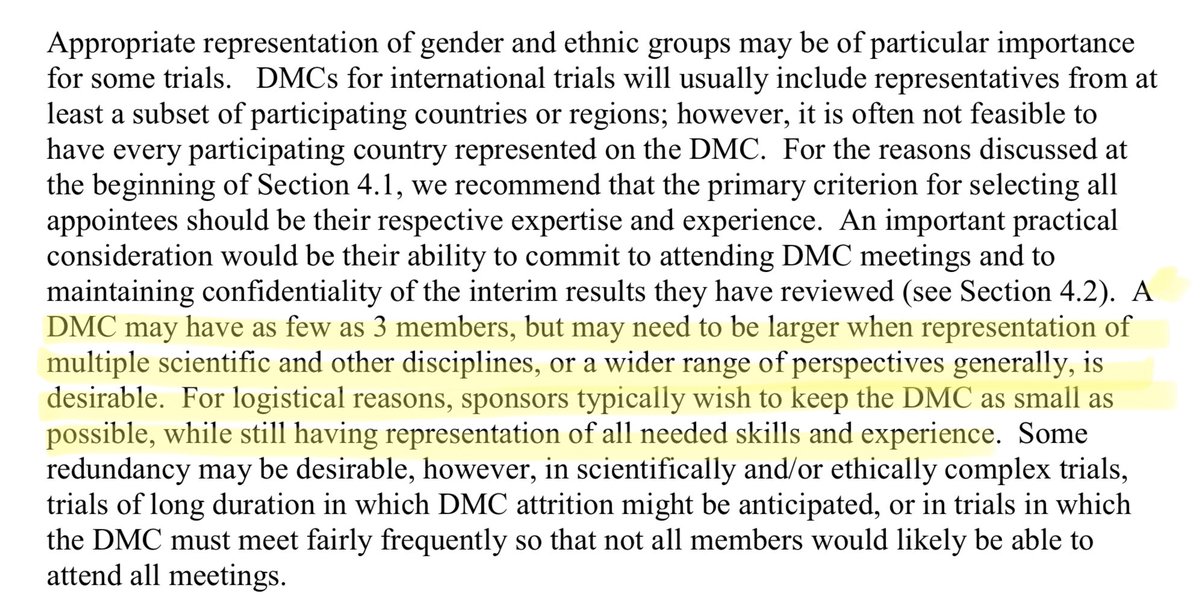
Let’s be clear: 2 months of safety data for a new drug or vaccine is at best marginally better than 1 month for identifying acute AEs. And it has almost no power in identifying chronic/long term AEs.
A 2-month cutoff is not a routine cutoff for evaluating AEs in drug or vaccine development.
Of course, all cutoffs are arbitrary to some degree, but there are typical timeframes that are routinely used: eg 1 month, 1 year.
Of course, all cutoffs are arbitrary to some degree, but there are typical timeframes that are routinely used: eg 1 month, 1 year.
In the setting of a pandemic, we have to weigh potential risks with benefits. Every day we wait to accumulate more data is a day we are not immunizing.
Also remember (probably should be earlier in this thread), that not everyone started at the same time. By the time some folks had gone a month, other has gone several.
Companies are worried about lots of things, but one things big companies worry about a great deal is reputation.
I can’t speak for them, but I am willing to bet that the last thing these companies wanted was a glaring safety issue.
I can’t speak for them, but I am willing to bet that the last thing these companies wanted was a glaring safety issue.
And, it seems, part of reputation management is mollifying angry academics.
That’s my take on why Pfizer met with ET and his crew.
Pfizer knew that there would be many AEs, deaths and other such events just by chance. Immunizing millions of older folks will do that.
That’s my take on why Pfizer met with ET and his crew.
Pfizer knew that there would be many AEs, deaths and other such events just by chance. Immunizing millions of older folks will do that.
If they didn’t have prominent academics in their side, or at least satisfied with their approach.
Otherwise, every MI, every fall, every sore arm would print an alarmed tweet.
Otherwise, every MI, every fall, every sore arm would print an alarmed tweet.
How many folks died as a result of this delay? How many families had their reunions dashed?
I will not try to model this. I don’t trust such models.
But it is worth thinking about.
I will not try to model this. I don’t trust such models.
But it is worth thinking about.
It gives me no joy to say this. I know several of the signatories personally. A few I know very deeply, as teachers, colleagues and mentors. Close relationships that have spanned many years.
I would not be the doctor & scientist I am today without them.
I would not be the doctor & scientist I am today without them.
• • •
Missing some Tweet in this thread? You can try to
force a refresh

